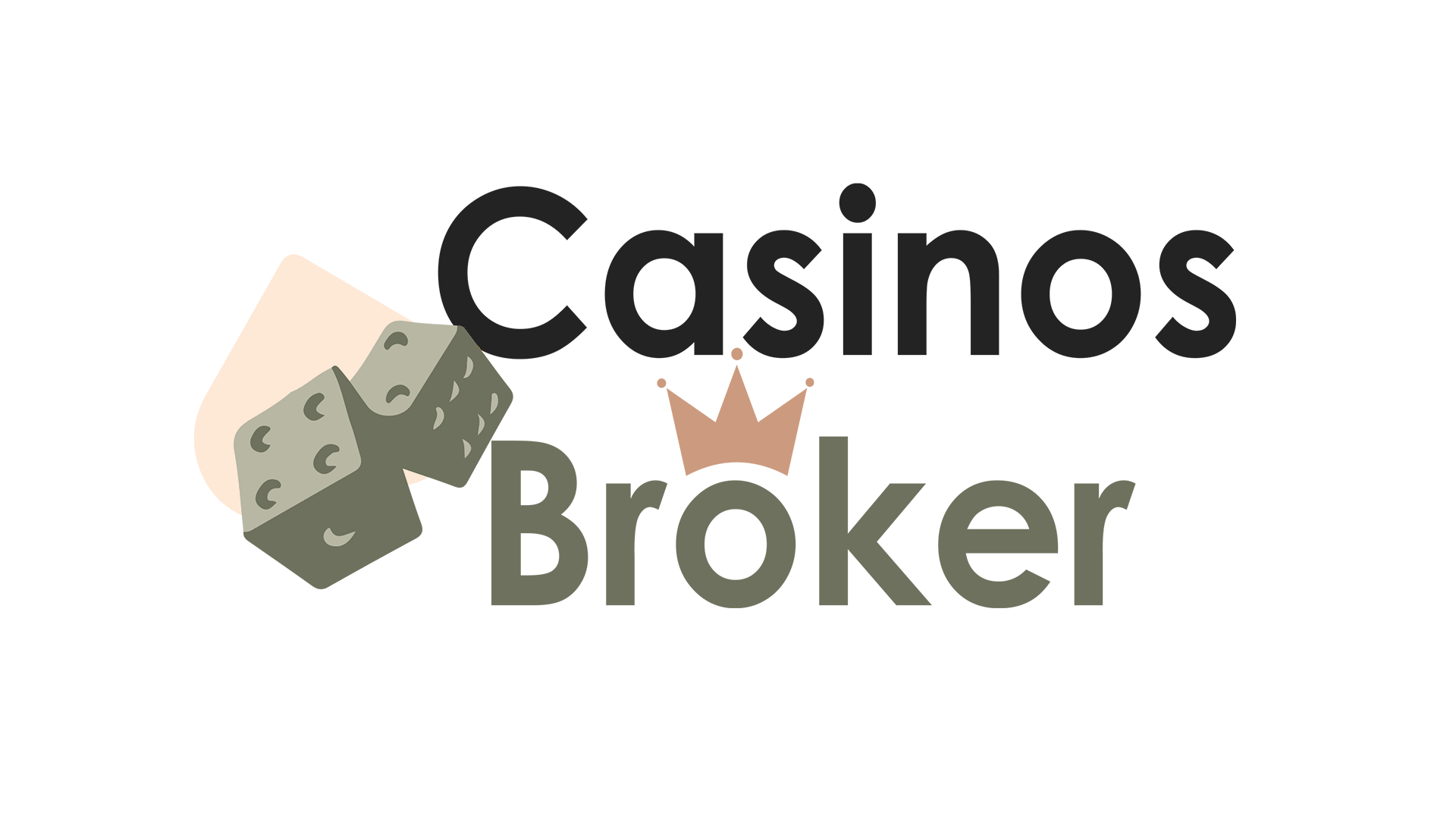On Friday, September 6, Thailand welcomed its new prime minister, Paetongtarn Shinawatra, who is expected to oversee the introduction of legislation that could lead to the establishment of up to five casino resorts in the country.
During a recent public consultation, an overwhelming 80% of attendees supported the proposal initially presented by former Prime Minister Srettha Thavisin. However, Srettha was ousted from office in August after appointing a controversial figure to his cabinet.
Shinawatra is anticipated to maintain the progress towards creating Singapore-style “entertainment complexes” that incorporate casinos. Similar to Singapore, these Thai casinos would prioritize non-gaming amenities, including theme parks, restaurants, retail spaces, concert venues, meeting facilities, hotels, and other attractions. Gaming areas would occupy just 3% to 10% of the total floor space.
Currently, gambling is illegal in Thailand, a predominantly Buddhist nation, with the exceptions of horse racing and a government-run lottery. However, illegal gambling activities are widespread across the country.
Former PM Thaksin’s Influence on Casino Development
Although Paetongtarn Shinawatra, who officially assumed office on September 6, has not explicitly endorsed casino resorts, her father, former Prime Minister Thaksin Shinawatra, has shown support for legalized casinos. This stance is viewed by industry observers as a positive signal.
On August 22, billionaire Thaksin Shinawatra publicly backed Srettha’s vision of a casino industry that could stimulate the economy and enhance tourism. Casinos are expected to attract wealthy international visitors, particularly from mainland China. However, a study suggests that 90% of the patrons would be Thai nationals.
Thaksin served as Thailand’s prime minister from 2001 to 2006 before being ousted by a military coup. Following charges of tax evasion and corruption, he fled the country and lived in self-imposed exile, primarily in London, for 15 years. Thaksin returned to Thailand last month, and within a short period, he was jailed, released, and pardoned. In a remarkable turn of events, he witnessed his youngest daughter take office as prime minister.
Thaksin is widely regarded as the true power behind the Shinawatra family. According to bloggers Joshua Kurlantzick and Pavin Chachavalongpun on the Council on Foreign Relations website, the “politically inexperienced” Paetongtarn is expected to either be a puppet of her father or controlled by conservative elites.
Economic Revitalization in Focus
Amidst these developments, Paetongtarn Shinawatra is committed to revitalizing Thailand’s sluggish economy, which is still reeling from the impacts of the Covid-19 pandemic.
A 2023 government study indicates that the proposed entertainment complexes could generate an additional 406.6 billion baht (£9bn/€10.87bn/$US12bn) in tourism revenue within the first year. It is expected that five casinos will be licensed: two in Bangkok, one in Chiang Mai, one in Phuket, and one within the Eastern Economic Corridor, covering Chachoengsao, Chonburi, and Rayong provinces.
Thailand’s Deputy Finance Minister, Julapun Amornvivat, has stated that public feedback will be instrumental in refining the draft bill. Once finalized, the bill will be presented to the cabinet. If approved, it will move to the Council of State for review before being sent back to the House of Representatives for further consideration.






